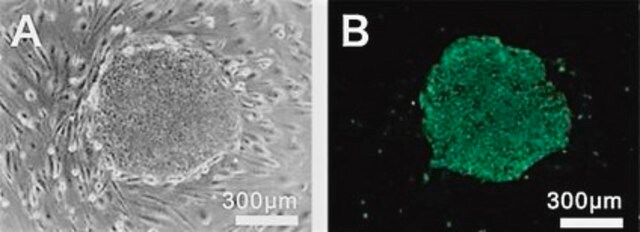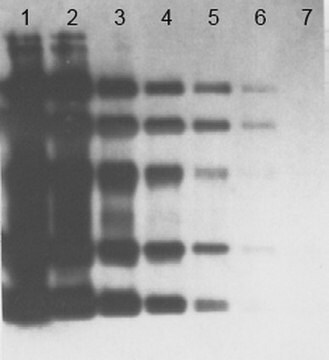Opis ogólny
Nefrotoksyczność, czyli uszkodzenie nerek wywołane przez leki, ma kluczowe znaczenie przy opracowywaniu nowych środków terapeutycznych. Metody przesiewowe stosowane obecnie do wykrywania i/lub oceny nefrotoksyczności lub innej cytotoksyczności wtórnej do związków kandydujących mogą nie mieć specyficzności molekularnej, aby informować o wynikach badań przesiewowych, ponieważ tradycyjne badania toksyczności są często ograniczone do prostej żywotności komórek, morfologii i odczytów funkcji mitochondriów. Powszechne testy przesiewowe mogą ponadto nie być czułe, wykrywając jedynie ciężką nefrotoksyczność wywołaną wysokimi dawkami lub długimi ekspozycjami na badane związki. Łagodna toksyczność w modelu komórkowym może prezentować się zupełnie inaczej in vivo, wymagając testów toksyczności dla nerek, które są wystarczająco czułe i specyficzne, aby zapewnić bezpieczeństwo terapeutyczne. Jednym z podejść do zwiększenia użyteczności testów przesiewowych toksyczności jest pomiar stresu oksydacyjnego, który jest często bardziej wrażliwy na łagodne uszkodzenie leku. Podczas gdy niektóre wskaźniki stresu oksydacyjnego, takie jak wzrost reaktywnych form tlenu (ROS) lub wyczerpanie reduktorów są przejściowe, jedną trwałą zmianą w komórkach nerek (i innych) jest karbonylacja biomolekuł komórkowych po urazie. 4-trifluorometylo-7-hydrazynylo-2H-chromen-2-on (TFCH) ma na celu zwiększenie wrażliwości na uszkodzenia komórek wywołane przez substancje nefrotoksyczne lub cytotoksyczne w zastosowaniach w układzie nerkowym, w tym w modelach in vivo i in vitro, takich jak komórki Madin-Darby Canine Kidney (MDCK).Właściwości spektralne Obrazy fluorescencji uzyskano przy λex = 405 nm i emisji przy 550 do 650 nm.OdniesienieMukherjee, et al. "A Novel Fluorogenic Assay for the Detection of Nephrotoxin-induced Oxidative Stress in Live Cells and Renal Tissue". ACS Sensors 6 (2021): 2523-2528.
Zastosowanie
Czystość: > 98% potwierdzona metodą HPLC. Identyfikacja potwierdzona przez HNMR, LC-MS i analizę elementarną.
Cechy i korzyści
Fluorescencyjna sonda do wizualizacji stresu oksydacyjnego, cytotoksyczności, nefrotoksyczności związków kandydujących i innych substancji.
Postać fizyczna
Liofilizowany. Żółte ciało stałe.
Przechowywanie i stabilność
Przechowywać w temperaturze -20°C, w suchym miejscu i chronić przed światłem.Uwaga: Przed otwarciem fiolkę należy krótko odwirować, aby zebrać jej zawartość na dnie.
Inne uwagi
Obrazowanie fluorescencyjne żywych komórek
Informacje prawne
BioTracker is a trademark of Merck KGaA, Darmstadt, Germany
Oświadczenie o zrzeczeniu się odpowiedzialności
O ile nie określono inaczej w naszym katalogu lub innej dokumentacji firmy dołączonej do produktu(-ów), nasze produkty są przeznaczone wyłącznie do użytku badawczego i nie mogą być wykorzystywane do żadnych innych celów, w tym między innymi do nieautoryzowanych zastosowań komercyjnych, zastosowań diagnostycznych in vitro, zastosowań terapeutycznych ex vivo lub in vivo lub jakiegokolwiek rodzaju konsumpcji lub zastosowania u ludzi lub zwierząt.
Ta strona może zawierać tekst przetłumaczony maszynowo.








